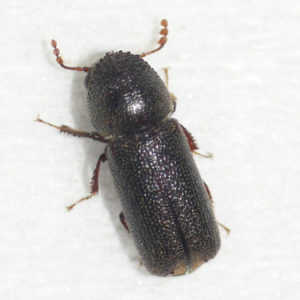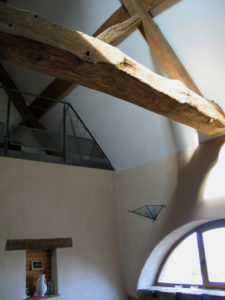
No one wants to have their home fumigated but in some particularly devastating cases of infestation, fumigating the entire property may be necessary. Depending on the species of pest, different chemicals may be used to fumigate. Nearly all pesticides used in fumigation are hazardous to humans and animals, though, so it’s imperative you never attempt to fumigate your property without a licensed extermination professional’s assistance.
How Does Fumigation Work?
Step 1: The area to be treated is covered with tarp (known as “tenting”) then all ventilation holes and slats are taped shut to ensure the fumigation chemicals are trapped inside.
Step 2: After all humans and animals have exited, pesticide vapors are pumped into the tent structure where they seep into wood, upholstry, and all elements of the structure to kill hard-to-reach pests.
Step 3: The chemicals are allowed to steep for a set period of time, usually between 24-72 hours, then the area is de-fumigated and the tent is removed.
Step 4: A pest control professional will manually check all areas of concern in the property to ensure the pest infestation is under control. Continued follow-up spot treatments may be necessary.
When is Fumigation Necessary?
A vast majority of fumigation cases within the U.S. are due to the presence of drywood termites. Drywood termites can live for years in and survive off a wide range of organic material including cloth, drywall, and even flooring. They’re often brought into the home in a piece of furniture or clothing and set up shop for months before they’re ever detected. They are extremely difficult to remove without fumigation.

Your pest control professional will give you more information on the likelihood of fumigation for your property and your available options. Some home and business owners simply don’t want to fumigate their homes and in some cases a multitude of professional visits may be able to control the pest issue.
Fumigation is certainly controversial due to the large amount of lethal chemicals used. Each pest company uses a different blend of pesticides but the age-old standby for fumigation, Methyl bromide, has largely been phased out of the industry due to its effect on the atmosphere. It’s important to remember that fumigation can kill pets, plants, and even contaminate open food in your home or structure so it’s critical to follow the advisement of your exterminator to the letter before considering treatment.
Call a pest professional today to find out if fumigation is right for your infestation, and what your risks may be. The practice is often referred to as a last-ditch effort but in many cases, it’s a necessary part of total pest control.
